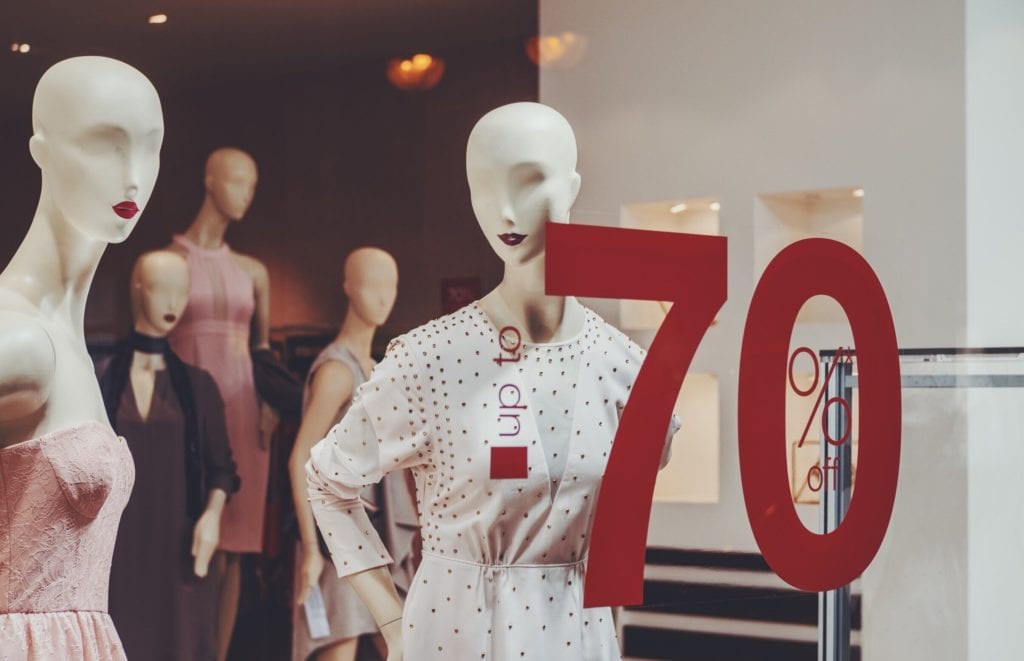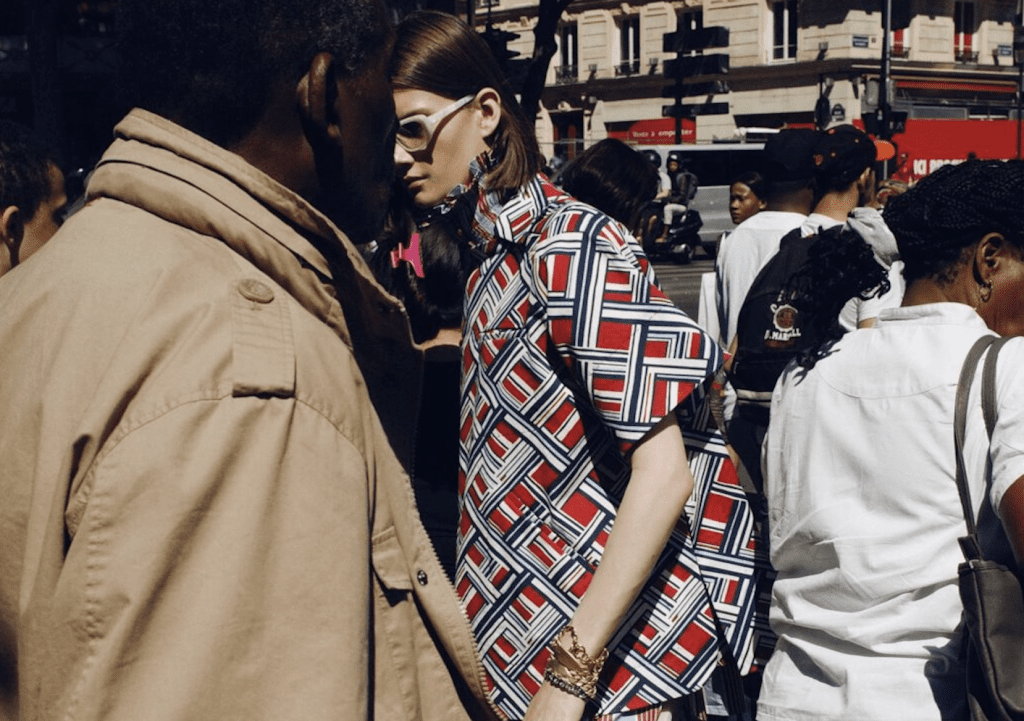Barneys, the iconic chain of upscale New York department stores established in 1923, filed for bankruptcy this summer, roughly a year after another one of America’s famed department store brands, Sears, which dates back to 1925, also filed for bankruptcy, citing $6.9 billion in assets and a whopping $11.3 billion in liabilities. All the while, brands and retailers across the globe – ranging from high end names like Roberto Cavalli and Carven to mass-market entities, such as Forever 21 and Payless – have been seeking bankruptcy protection in recent years in furtherance of what has been coined the “retail apocalypse.”
“The internet is a big part of the problem faced by many of these once mighty retail empires,” according to Swinburne University of Technology marketing professors Jason Pallant and Sean Sands. Foot traffic has declined as consumers abandon brick-and-mortar outposts, and instead, opt to buy directly from online retailers, enabling titans like Amazon to continue to post gains. But there is more going on than the lure of 2-day shipping and free returns; the rise of the department stores, in particular, whether it be the nearly 100-year old Barneys, or the less upscale Sears, “symbolized the rise of middle class,” the professors state, “and its collapse mirrors the hollowing out of that very group.”
Pallant and Sands point to a sweeping May 2019 study from the Organization for Economic Co-operation and Development (“OECD”), called “Under Pressure: The Squeezed Middle Class,” which attempts to dissect “the multiple pressures on the middle class” around the world, a group of households that it defines as those with incomes between 75 percent and 200 percent of median household income.
The findings of the Paris-based intergovernmental economic organization ultimately can be boiled down to this: “income growth in the middle has been much weaker than at the top.” Given that the incomes of upper-income households has increased more than those of middle incomes since the mid-1980s and with an average of one out of ten middle-income households sliding into low income after a period of four years between 2007 and 2015, the OECD confirmed a notable shift of the economic “center of gravity” away from the middle.
The reduction in the middle class is reverberating through the retail landscape, and can be seen as affecting a phenomenon that Deloitte calls “the great retail bifurcation,” one in which retailers are succeeding by focusing on either end of the spectrum: on the luxury end of the market or on the bargain-basement end, while retailers in the middle are falling away.
According to Deloitte, “Revenue growth is diverging, with sales growing at faster rates for discount and premium retailers at the opposite ends of the spectrum, while balanced retailers” – ones that deliver value through a combination of price and promotion, and many offer widely available products or experiences – “are lagging.” And more than just sales, the retail footprints are proving to be effected: “store closures have taken place mainly among balanced retailers, while price-based and premium retailers have been opening more stores than closing them.”
In the U.S., for example, “this bifurcation effect has come in the form of a boom in discount stores, such as Dollar General,” Pallant and Sands state. Dollar General, for one, generated $23.47 billion in revenue for 2018 thanks to its sales of cheap consumer goods, ranging from groceries and cleaning supplies to cosmetics and apparel. As of May 2019, its stock was near an all-time high, giving it a market cap of $33 billion, five times higher than Macy’s, according to Fortune.
The company now has more than 15,000 stores in the US. Bucking general retail industry trends, it opened 900 stores in 2018 and plans to open 975 more in 2019, per Pallant and Sands. Other discount store chains – such as Dollar Tree, Family Dollar, Aldi, Five Below, and Ross Stores, as well as Sephora’s cheaper beauty rival Ulta – are also expanding.
At the other end of the spectrum retailers are thriving, as well. Paris-based luxury goods brand Hermès, for instance – which is known for its iconic $10,000-plus Birkin and Kelly bags, as well as its more moderately priced Evelyn bags (those go for upwards of $3,000) and $4,000 Garden Party totes – generated revenues reached $5.55 billion for the first nine months of 2019. During that same period of time, revenues for luxury conglomerate LVMH Moët Hennessy Louis Vuitton – whose ownership includes that of Louis Vuitton, Dior, Celine, and Givenchy, among some 70 or so other fashion and non-fashion brands, such as Veuve Cliquot champagne and beauty retailer Sephora – surged to $42.14 billion.
With such an emphasis on the market’s extremes, whether that be Dollar General or Hermès, and a continued thinning out of households that are situated comfortably in the middle, there is little room for “balanced retailers.” Smart retailers are already banking on the “very real differences in consumer cohorts” and the opportunity that is created by such unique consumer needs create opportunity. “Failing to look closely, and from many different angles, at this evidence,” according to Deloitte, “could result in missing real opportunities to address emerging consumer needs,” something that seems to be at the heart of no small number of middle-market retailer failures.











